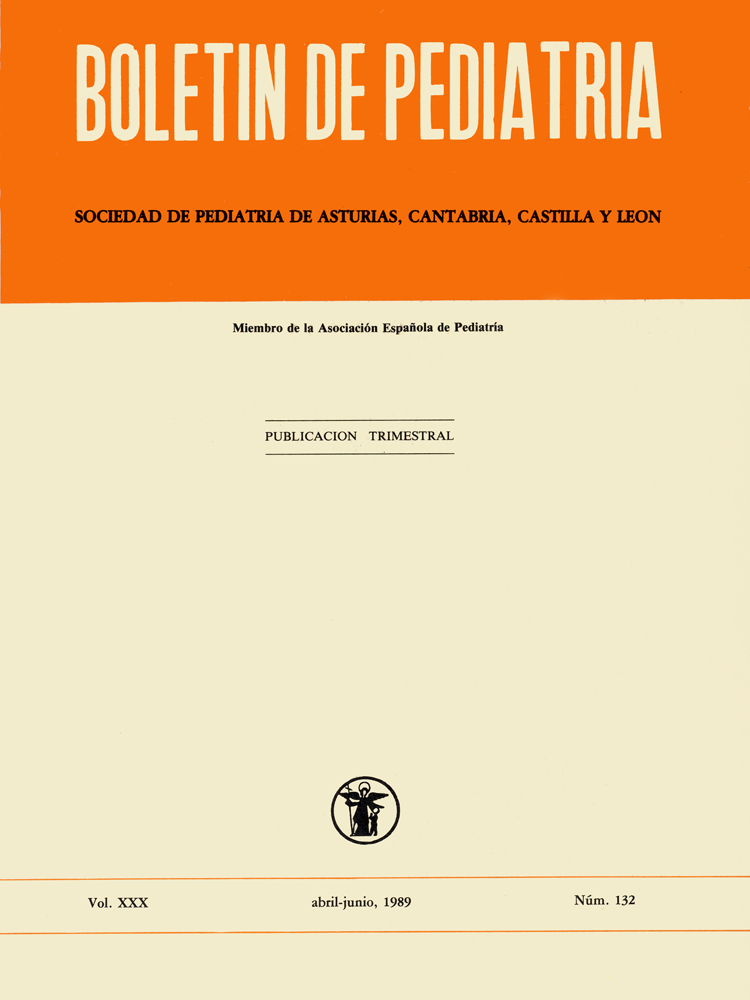Abstract
The pineal gland, previously considered vestigial, is now recognized as an endocrine gland based an the synthesis of melatonin, an indolic hormone derived from tryptophan. This gland is mainly innervated by a retino-hypothalamic-epiphysary pathway, with noradrenaline as neurotransmitter. Its phylogenetic development is typified by its photoreceptor function in lower animal species, and crearly endocrine function in human. Its main metabolic pathway synthesizes melatonin, a reaction in which N-acetyltransferase (NAT), a limiting enzyme controlled by changes in photoperiod, is invalved. In this sense, the dark phase of the cycle (night) stimulates NAT activity, while the light phase of the cycle (day), inhibits NAT, conditioning a circadian rhythm in the synthesis of melatonin (and other pineal indoles), which may well be the basis for synchronizatian of endocrine and non endocrine rhythms.

This work is licensed under a Creative Commons Attribution-NonCommercial 4.0 International License.
Copyright (c) 1989 Boletín de Pediatría
